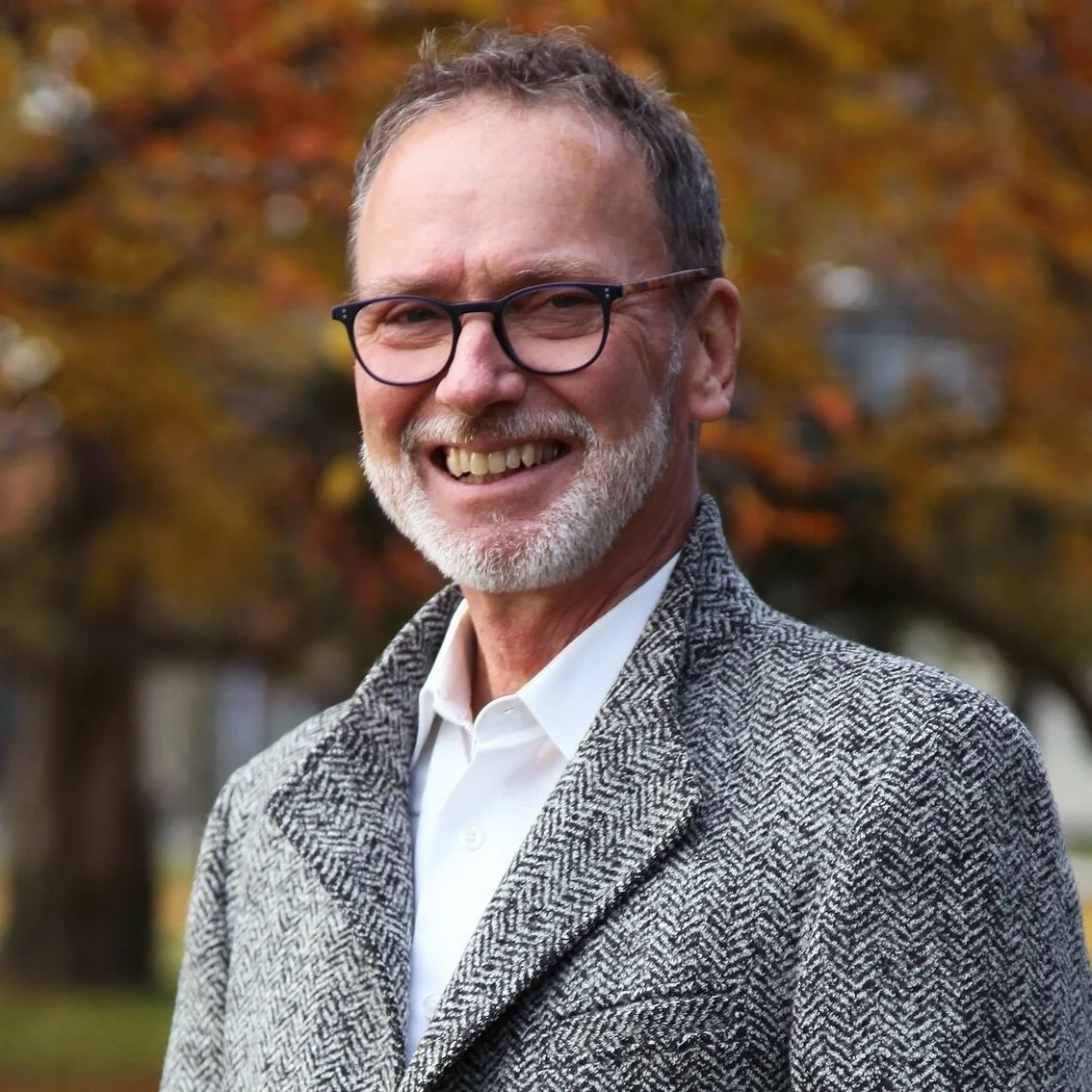An Interdisciplinary Approach to Water Podcast
Advertisement
In this episode, Sustainable Futures sits down with artist, designer, and thought leader Herbert Dreiseitl to discuss the critical role of water in natural ecosystems, and what lessons can be learned and applied to our urban environments. To cope with climate change, cities need to better use their natural infrastructure assets to manage and treat water before it becomes a problem to the community. Join us for a conversation on resilient, regenerative design, and how best cities can incorporate water into planning to ensure that it is protected and viewed as a resource rather than an obstacle.
Guest
Herbert Dreiseitl
Dreiseitl Consulting
Herbert Dreiseitl is a renowned landscape architect, urban designer, water artist, interdisciplinary planner, and a professor in praxis.
He is an internationally highly respected expert in creating liveable cities around the world with a special hallmark on the inspiring and innovative use of water to solve urban environmental challenges, connecting technology with aesthetics and encouraging people to take care and establish a sense of ownership for places.
Herbert is always asking how to bring the best value to the society, to create a culture of inspiration, and implement better-integrated solutions to humanize cities.
Host
Steven Peck, GRP, HASLA
Green Roofs for Healthy Cities
Steven spearheaded the first green roof demonstration project on Toronto City Hall 20 years ago and the mandatory green roof policy in Toronto a decade ago. This innovative policy has resulted in more than 6 million additional square feet of green space across the city. Due to Steven’s work, GRHC has helped to win green roof policy victories in San Francisco, Washington, DC; Portland, Oregon; and Denver, Colorado. Steven also founded Green Infrastructure Ontario coalition to bring together organizations that share an interest in the protection and development of green infrastructure in Ontario. In 2007 he co-founded the World Green Infrastructure Network, an international organization that promotes the use of green infrastructure around the world.
Advertisement






